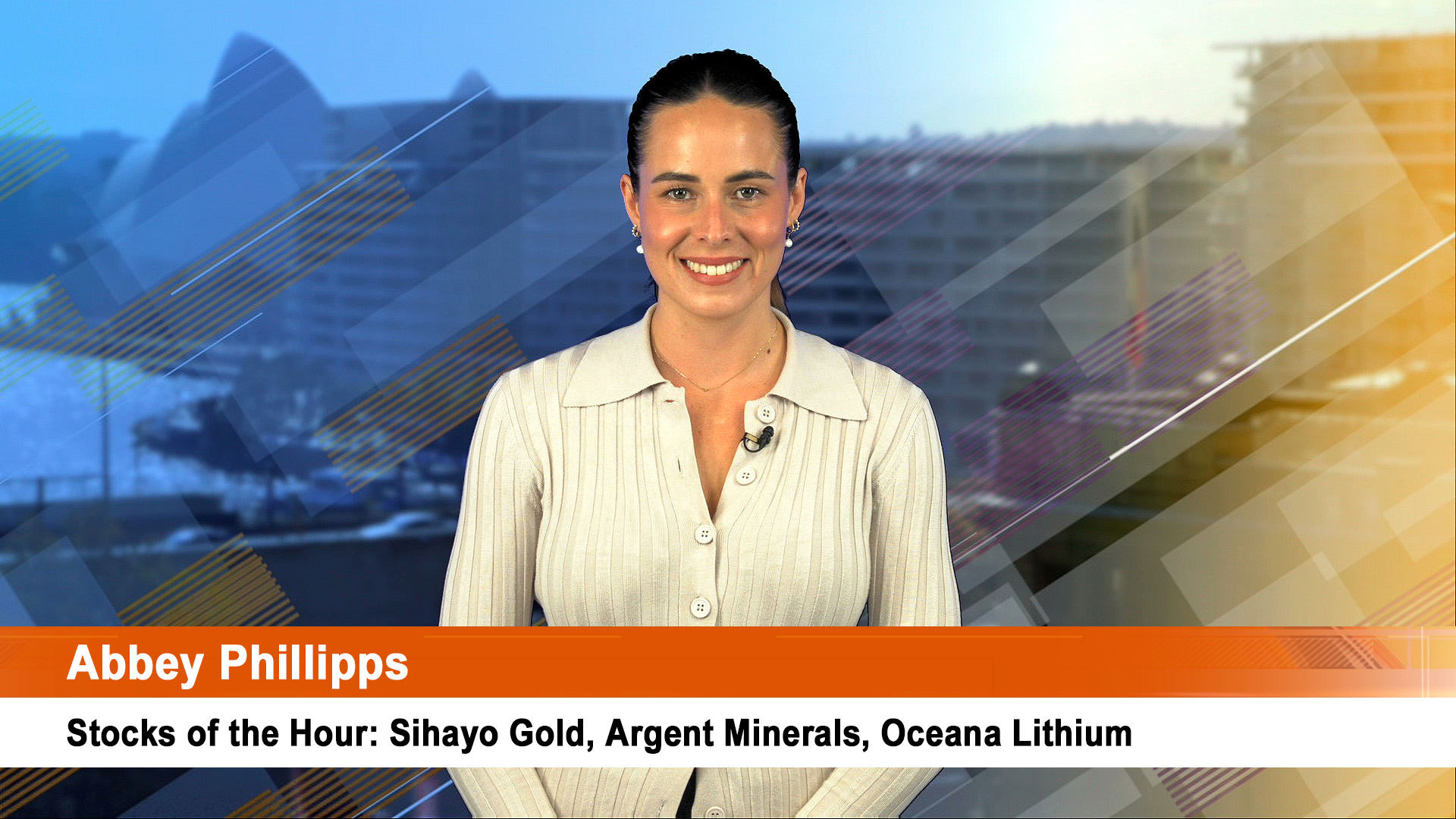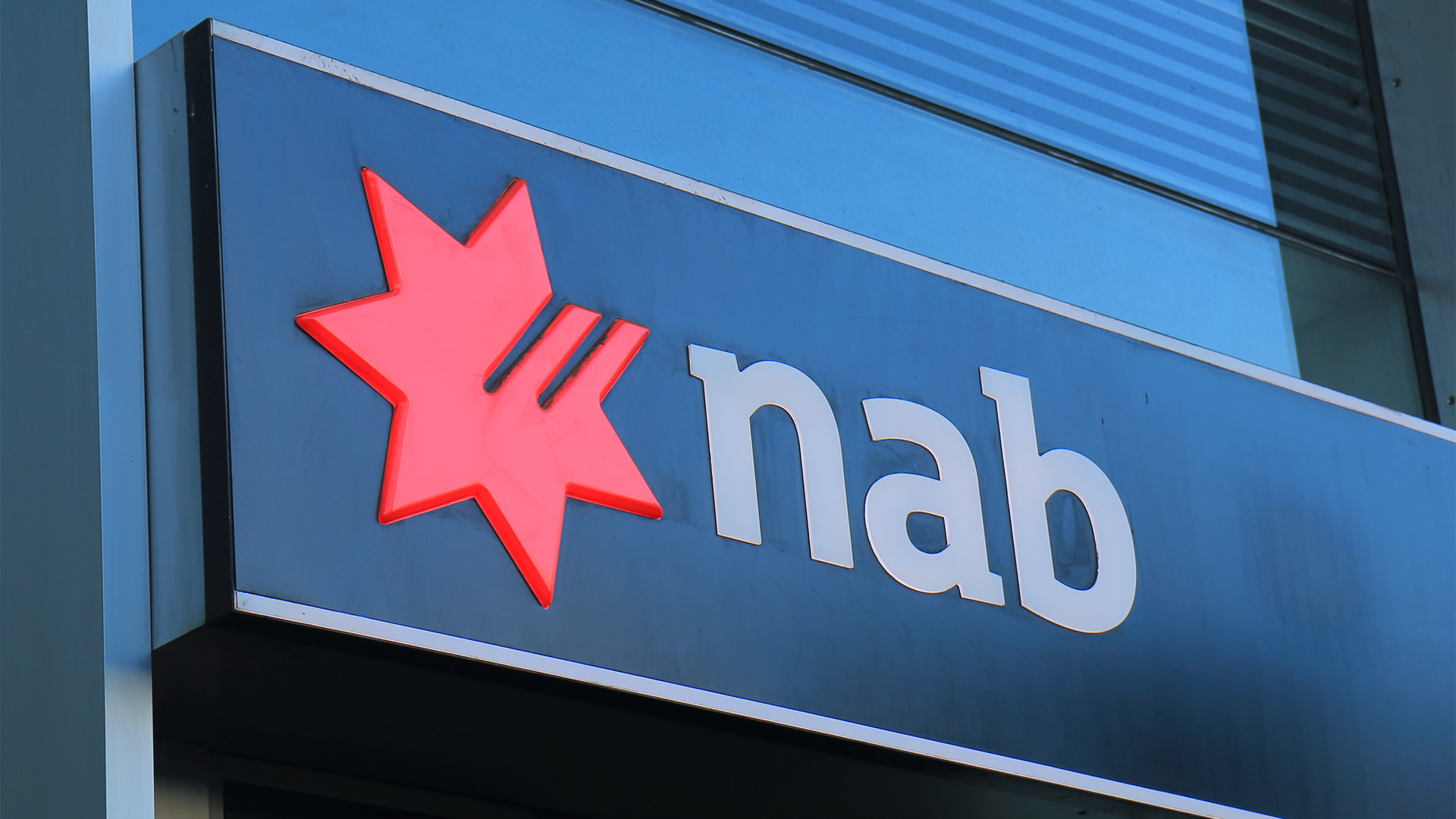The chances of an interest rate cut from the Reserve Bank today have risen sharply after a sharp slowdown in growth in the US and eurozone economies was revealed late last week. The news will add to the long list of reasons why the RBA should cut its cash rate.
These include weak local inflation, weaker than reported housing prices, and sluggish demand. And with world oil prices tipping lower for the second time this year, many economists believe the RBA’s concerns that inflation will remain too low for longer period of time, should see it trim the cash rate to 1.50%.
The slide in US economic growth is especially damaging as it was widely thought to be the best performing developed economy.
US growth was estimated at 1.2% in the June quarter, less than half market forecasts of 2.6%. And growth in the first quarter was cut from 1.1% (all annualised rates) to 0.8%. In Europe the first estimate of growth for the eurozone in the three months to June, was cut to 0.3%, from 0.6% in the first quarter.
And the revisions to past US GDP reports were an eye opener, and have undermined the belief (held by the Fed, the RBA and many other economists and central banks) that the American economy was travelling nicely and in need of another rate rise.
The December quarter GDP estimate was cut by five-tenths of a percentage point to a 0.9%. And while the Bureau of Economic Analysis (BEA) revised up the March 2015 quarter GDP growth estimate to a 2.0% annual rate from the previously reported 0.6% rate, it slashed the very strong second-quarter GDP estimate for the same year to a 2.6% rate from a standout 3.9%.
Importantly, the combination of the first GDP report for the June quarter and those revisions revealed that growth in American economy has slowed from an annual rate of 3.3% in the first quarter of 2015, to just 1.6% in the first quarter of this year.
This weakness undermines the case the US Federal Reserve mounted late last year for the rise in its key interest rate in December, despite claimed worries about inflation and the strong jobs market, it is clear now the Fed lifted rates into a slowing economy.
Part of the RBA’s assessment of the global economy has been that the US economy was the best performed among the developed nations and that eurozone growth was tracking higher. The minutes of the June Reserve Bank board meeting reveals how the Australian central bank has been caught short by the June US GDP report and revisions in the and the new data from Europe.
"GDP growth in the United States appeared to have picked up in the June quarter, after moderating in the March quarter, and the gradual recovery in the euro area looked to have continued. In both economies, activity in the March quarter had been driven by relatively strong growth in household consumption. Members noted that business investment had contributed to growth in the euro area and in the United States (excluding the energy sector).
"Growth in business investment in the United Kingdom had been moderating, which may have been partly related to the effect of uncertainty leading up to the UK referendum,” the June minutes read.
The latter is certainly true for the UK where it is clear the impact of the Brexit vote has flattened consumer and business confidence.
The Bank of England is now widely expected to cut rates and reveal other measures at its August meeting this week and announce the moves on Thursday night, our time. In fact the BoE will slash UK economic forecasts for the next year on Thursday night.
And next week the Reserve Bank of NZ will cut its official rate on Thursday to a new all time low of 2% (still well above the current Australian cash rate of 1.75%, and 1.50% if the RBA cuts tomorrow).
And while the RBA board meets and the bank then announces its rates decision, the Japanese government will be detailing a 28 trillion yen ($US265 billion) stimulus package that will underline the sad point that after four years of record low rates, enormous spending by both the government and the Bank of Japan, the country’s economy is going nowhere, and remains stuck in a deflationary rut.
On top of this, the major destabilising event globally – weaker oil prices – have returned after the solid rise from January through June. Since their peaks in June, prices are down by just under 20% and that will put further downward pressure on local inflation this quarter (after the rise boosted fuel prices in the tiny 0.4% rise in the CPI in the three months to June).
The sharp spending and investment cuts by oil companies of all sizes have done more damage to economic growth than many central banks and economists had considered.
But the figures confirmed that business investment has been falling now in the US for nine months (a faint echo of the fall in investment in Australia). That fall in investment has had a larger impact on growth (negative) than the expected positive impact on consumer spending and growth from falling oil prices.
But will a rate cut, if it happens, have any impact. More and more economists say the impact will be less than those cuts last year. And the impact will worsen the lot of people living on bank interest and other fixed interest products.













